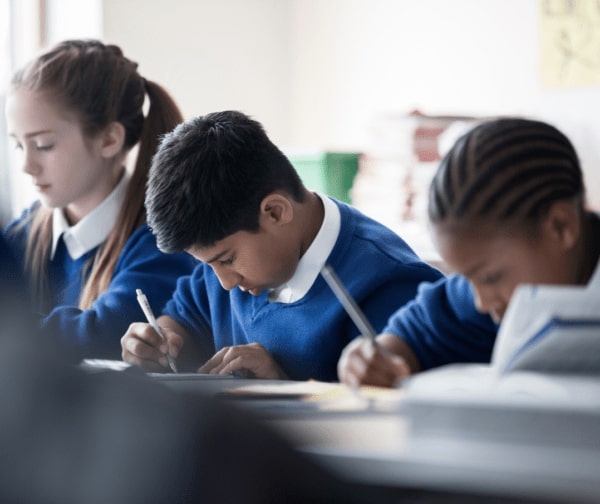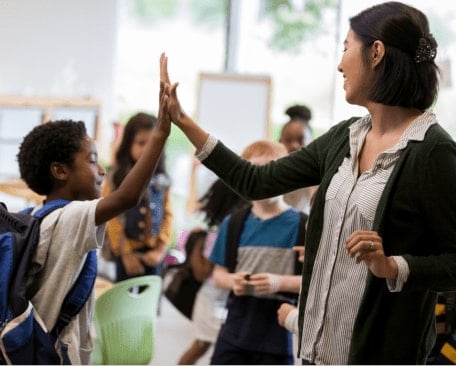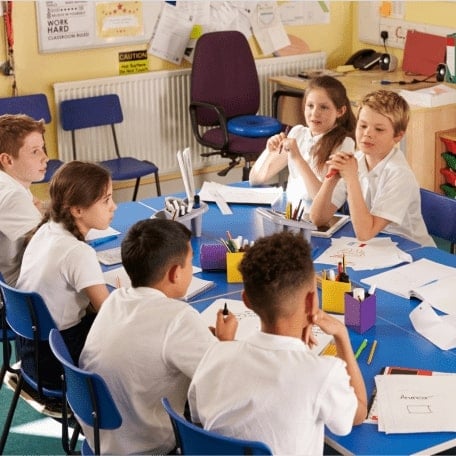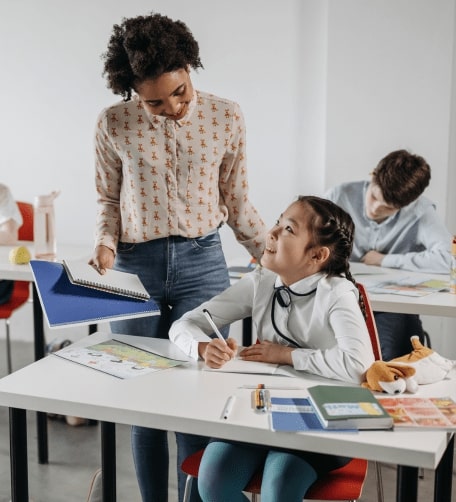The Belongside Families website is not compatible with Internet Explorer. Please use a modern browser such as Chrome, Firefox, Edge, or Safari for the best experience.
In New South Wales, there are different types of schools designed to support children with a range of learning needs. Every child, including children with disability, has the right to attend their local public school and receive the support they need to learn and thrive.
Government Schools (Public Schools)
Public schools are operated by the NSW Department of Education and don’t charge school fees for Australian residents. Each public school is linked to a local area, called a catchment zone. Your child has the right to attend your local public school, but some schools may also accept enrolments from families outside the catchment zone.
Supports Available in Mainstream Public Schools
Many children with disability successfully attend mainstream public schools, with supports in place to help them participate in learning and school life. These supports might include:
- Adjustments to teaching and the curriculum based on your child’s needs
- Itinerant support teachers (e.g., for children with vision or hearing impairments)
- School Learning Support Officers (SLSOs) who provide in-class support under teacher direction
- Individual Learning Plans (ILPs) tailored to your child’s learning goals
- Wellbeing and mental health supports available through school programs or staff
If your child needs more support, their school may be able to apply for Integration Support Funding (ISF). You can learn more in Applying for Extra Funding and Supports.
Support Classes & Schools for Specific Purposes (SSPs)
Some children may benefit from more targeted learning environments with smaller class sizes and more individualised support.
Support Classes in Public Schools
Support classes are located within some mainstream public schools. These classes are smaller and offer a more tailored learning environment, while still allowing students to be part of the wider school community.
Support classes are designed to meet different child’s needs, including:
- Autism-specific classes
- Classes for students with intellectual disability
- Behavioural and emotional support classes
Schools for Specific Purposes (SSPs)
Schools for Specific Purposes (SSPs) are standalone public schools from Kindergarten to Year 12 that enrol students with disability who require moderate to high levels of support. They offer smaller class sizes, specialised teaching staff, purpose-built learning environments and a curriculum tailored to individual learning and wellbeing goals
SSPs support students with a range of needs, including:
- Intellectual disability
- Autism
- Physical disability
- Mental health challenges
- Complex behaviour
How to Access Support Classes & SSPs
Enrolment in a support class or SSP is not automatic. Your child’s school will need to submit an Access Request to the Department of Education. This process includes gathering information about your child’s learning and support needs. To learn more, see our article on Navigating School Enrolment and Placement.
Non-Government Schools (Catholic & Independent Schools)
There are also non-government school options, including:
- Catholic schools
- Independent private schools
- Specialist independent schools for children with disability (e.g., ASPECT schools for autistic students or NextSense school for children with hearing loss)
These schools have their own enrolment processes and usually charge fees. They offer learning support or have specific programs for students with disability. It’s best to speak directly with each school about what supports they provide.
Alternative Education Options
If a mainstream or specialist school isn’t the right fit for your child, there are other options to consider.
Home Schooling
Home schooling means you take full responsibility for delivering your child’s education at home. To home school in NSW, you must register with the (NESA) and follow a learning plan that meets their guidelines.
Some families choose this option if their child needs a flexible, individualised approach or has had challenges in traditional school settings.
Distance Education
Distance education is provided through specific government and private schools and involves children learning from home with resources and support from qualified teachers.
Your child’s rights to education
Remember, schools can’t refuse to enrol your child because of a disability. Australian laws, including the Disability Discrimination Act (DDA) and the Disability Standards for Education (DSE), ensure schools provide reasonable adjustments so your child can access and participate fully in their education.
For further information on your child’s rights, please see our resource Your Child’s Rights.
Finding the Right Fit for Your Child
Every child is different. What works for one child or family might not be right for another. What matters most is finding a school setting where your child feels safe, supported, and included, and where they have the opportunity to learn and grow.
If you’re unsure where to start, speak with your current early childhood educator, therapist, or local school. You can also reach out to organisations like Belongside Families for information, peer support, and guidance.
Belongside Families is here to walk with you. We offer peer support, practical resources, and trusted guidance to help you navigate your child’s school journey with confidence. Explore our upcoming events, join our community, or subscribe to our mailing list for new resources.





